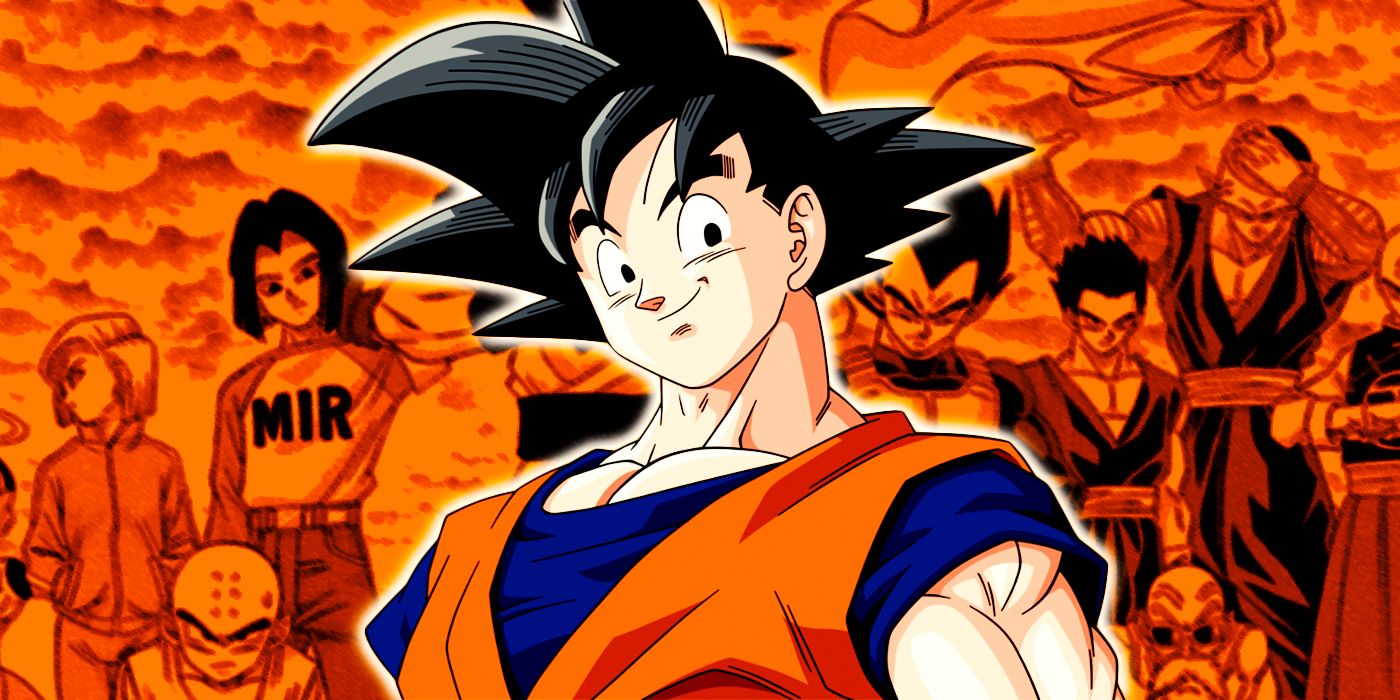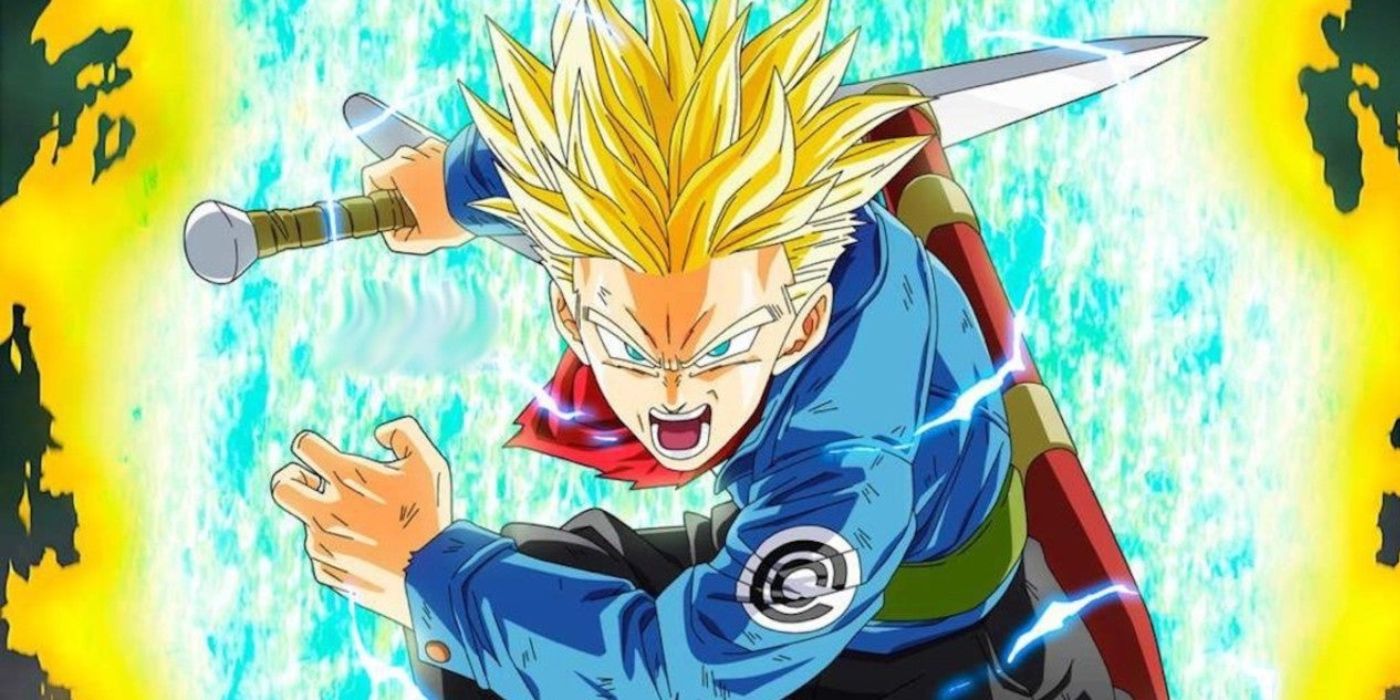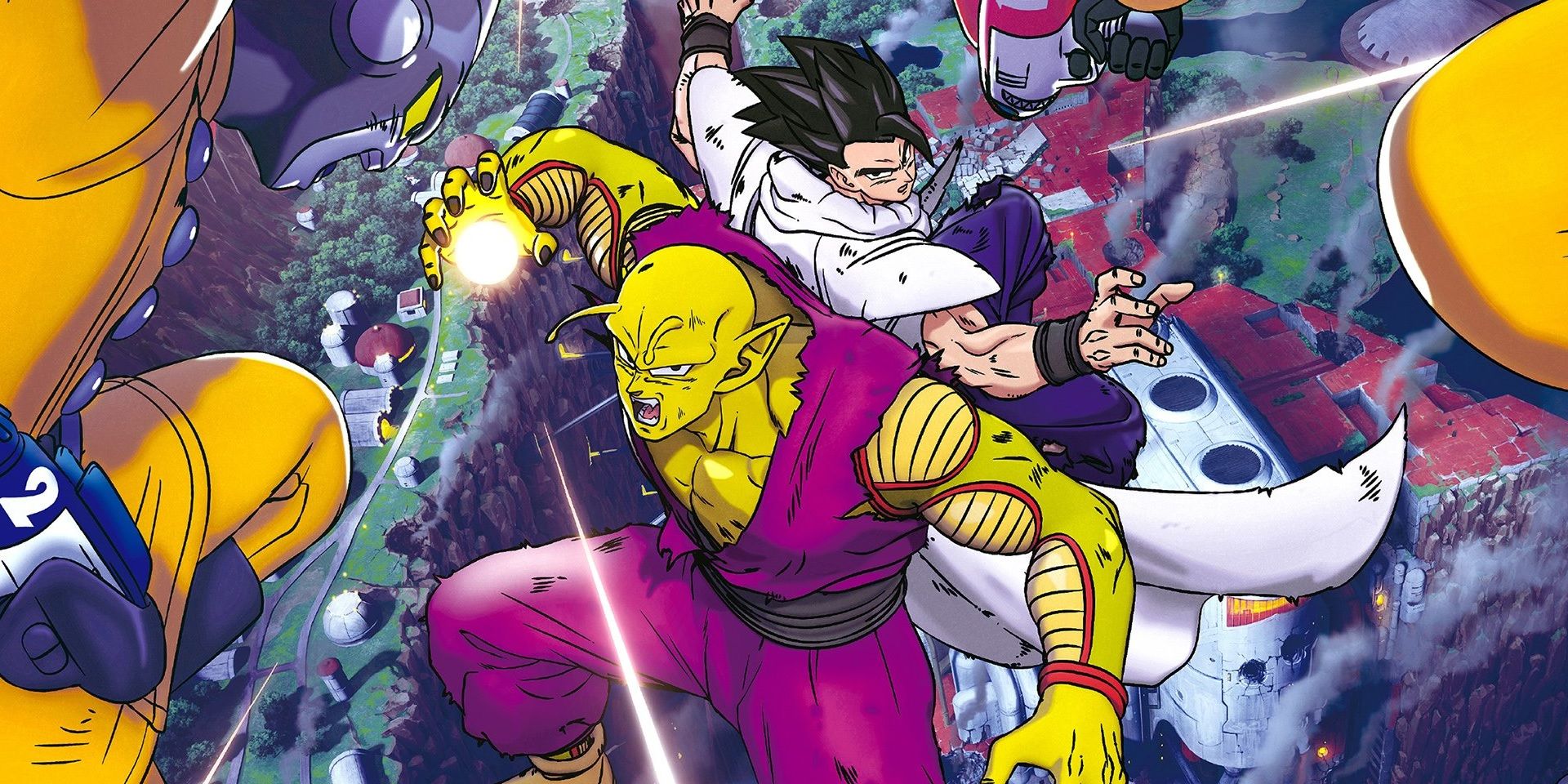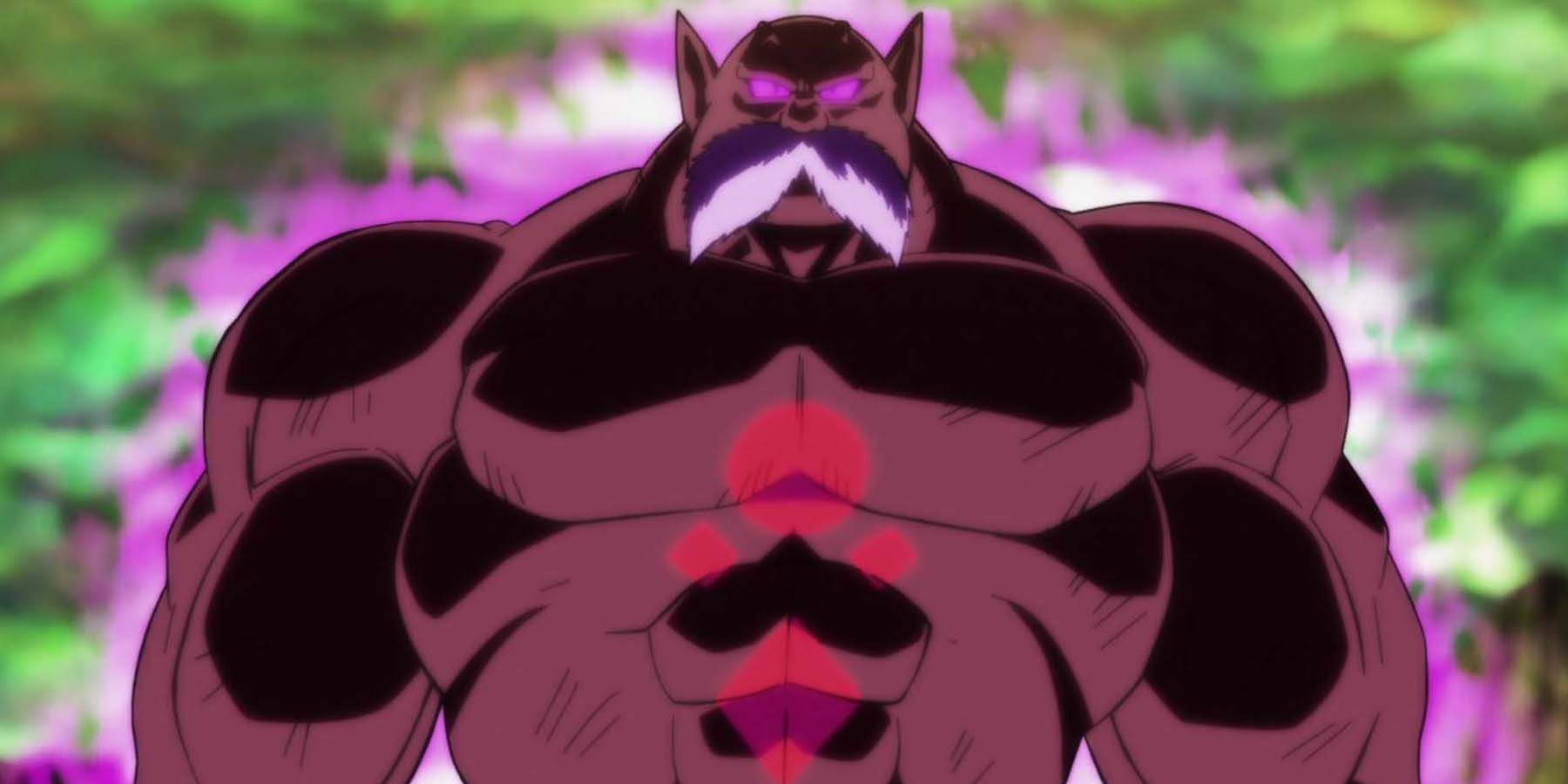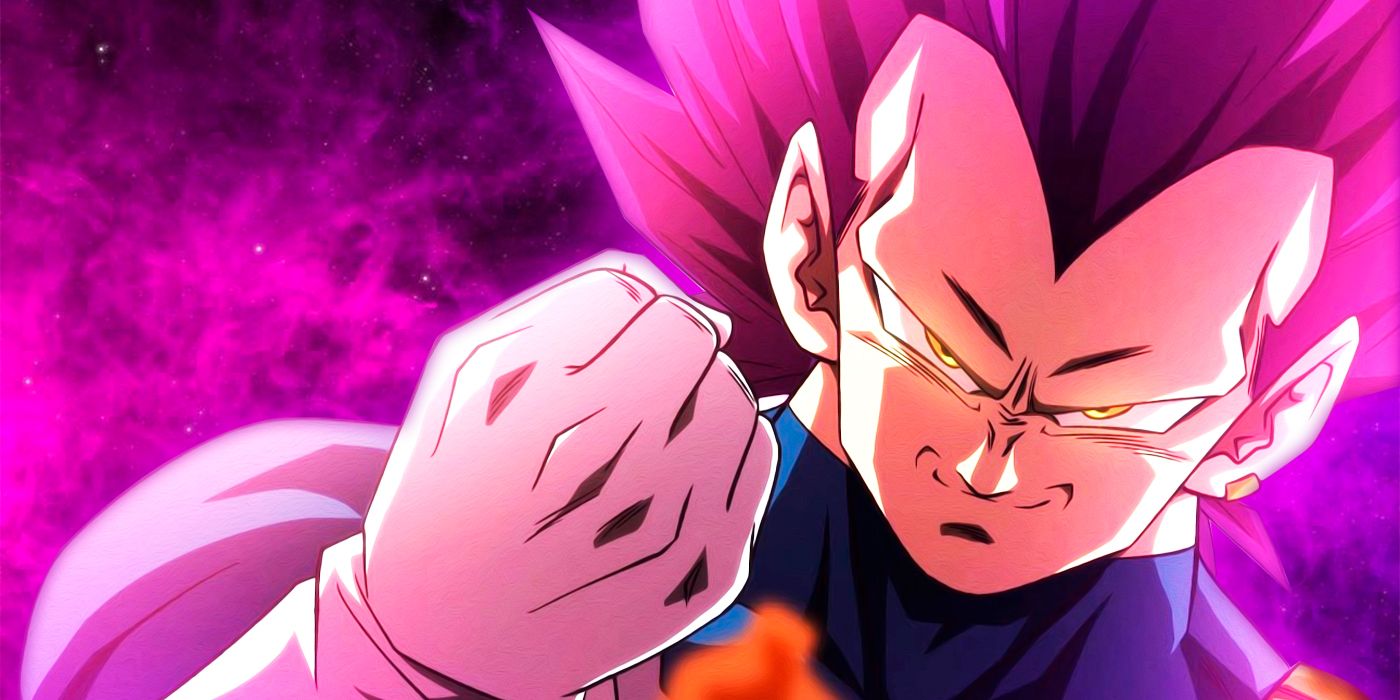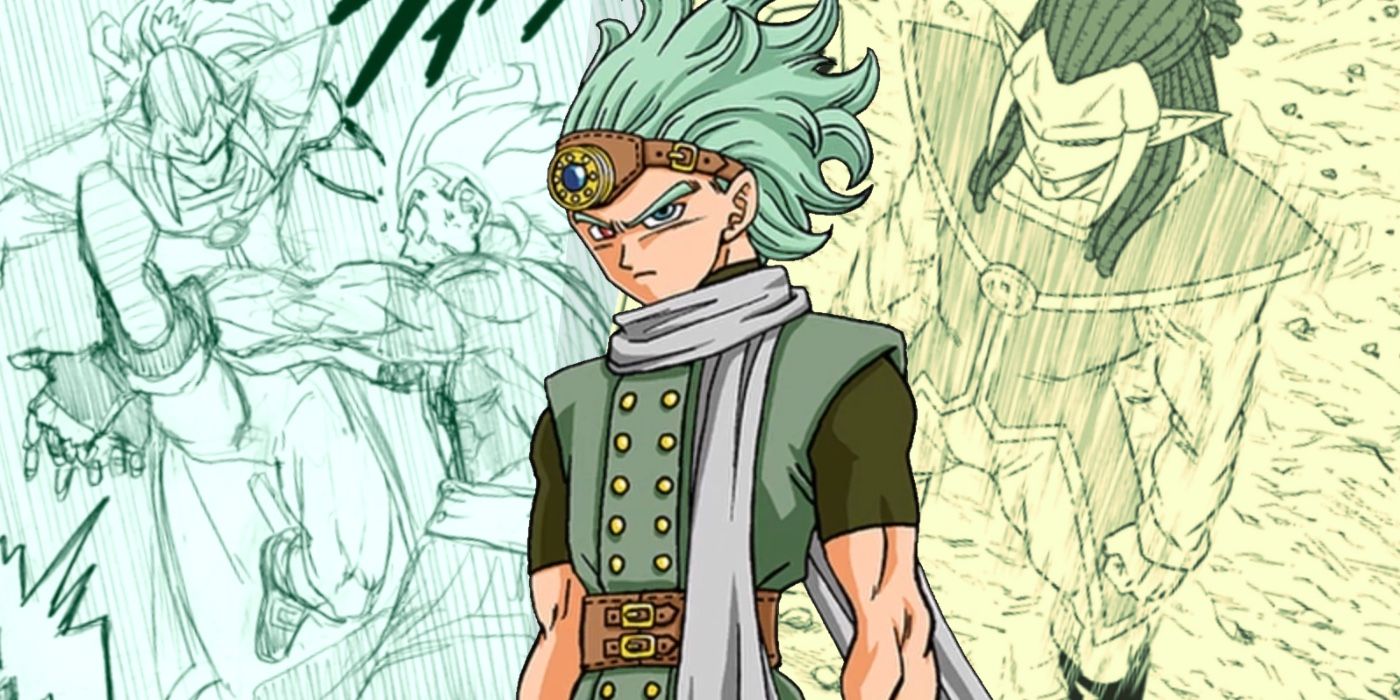There are few anime as popular as the Dragon Ball franchise. Regardless of how much time has gone by, the series is still as popular as ever, with multiple movies, manga, anime and video games keeping the franchise strong. Dragon Ball Super in particular has been keeping fans interested in the franchise as of recent years, and for good reason.
Dragon Ball Super is the official sequel to Dragon Ball Z, ignoring the controversial Dragon Ball GT. Ironically, while it is the canon sequel, at one point the manga and anime for the series started to diverge, making the canonicity rather nebulous. While the manga is still considered the source material, therefore the "truest" telling of the story, it's hard to deny that the anime has managed to handle the story better when it has decided to go in its own direction.
The Changes That Have Been Made
From the beginning, the Dragon Ball Super manga and anime were released simultaneously, with the manga being a relatively concise version with the anime expanding on the plot more. This is why the first arc in the manga is only four chapters long, but told through fifteen episodes in the anime. In a way this worked for a while, as it managed to tell a story and provide more details and further context through two mediums, making both rather enjoyable instead of either feeling like a complete retread of the other. However, around the time of the Future Trunks saga, things changed.
While the arc started about the same as it did in the manga, during the Future Trunks saga, there were multiple occasions where the anime's story deviated from the manga. For example, in the anime, Vegeta's fight with Goku Black is performed while in his Super Saiyan Blue -- Super Saiyan God Super Saiyan -- form only. This showed how Vegeta was growing stronger and had practically mastered staying in the SSB form for extended periods of time. The manga, on the other hand, had Vegeta fighting in the standard red-haired Super Saiyan God form, only switching momentarily to SSB when he attacked and would then immediately go back to SSG to manage his energy consumption. While neither impacts the overall plot by much, they each offer a different kind of insight into Vegeta's abilities.
While that change might have seemed small, a much larger deviation occurred during its conclusion. In the manga, after being unable to beat an army of Fused-Zamasu that were multiplying infinitely, that had the powers of immortality and Saiyans, Goku has Lord Zeno come by and has him eradicate everything in that timeline. While this is what led to Zeno and Future Zeno meeting in the manga, as well as a book's way of showing just how dangerous Zeno is, as far as endings go it's rather disappointing. This is made even worse when the anime released its own version of the ending.
While most of this remained the same, with Zeno still having to come in to ultimately end the threat, the anime decided to make Trunks much more important during the fight. With the aid of all his Earth's survivors, Trunks ends up using a brand-new technique known as the Spirit Sword. Much like the Spirit Bomb move, by absorbing the energy from other people all over the globe, he was able to form a new sword that was responsible for cutting Zamasu in half. Trunks even got a new Super Saiyan form known as Super Saiyan Rage, that seemingly is on par with the Super Saiyan God and Blue forms.
While the storyline essentially still plays out the same, the extra attention given to Trunks is definitely welcome. This was an arc that centered around him and his inability to save his timeline again. Sure, at the end it was still Goku and Vegeta who did most of the fighting in the arc, but Trunks definitely needed to be developed further in order for him to actually feel like a main character in an arc named after him, which the anime thankfully provided. The manga managed to do interesting things with him too, giving him the power to heal others as an apprentice to the Supreme Kai.
The anime improving on the manga becomes more noticeable during the Tournament of Power. During the great big multiverse tournament, the anime's version lasted much longer and did way more to develop all of its characters. It even had Goku awaken Ultra Instinct in a completely different way than he does in the manga. While the weaker Z-Fighters were eliminated relatively quickly during the arc in the manga, the entire team actually managed to make a decent impression in the anime version.
Whereas Piccolo and Gohan were given less than a handful of moments to shine in the manga, the anime actually had the two fighting together against a pair of Namekians from another universe. What makes this fight so important, and a shame that it wasn't included in the manga is because it gave both Gohan and Piccolo a rare time in the spotlight for Dragon Ball Super, and actually showed how much they'd developed as characters since the beginning of the show.
It also happened to highlight their unique father-son relationship. Even though Goku is alive and right there, Gohan has always been closer to Piccolo, with Piccolo always being the one to train or guide Gohan as an adult. Goku and Vegeta might be the main characters, but that doesn't mean that the supporting cast shouldn't be given more time to shine.
Even ehrn hsndling the main characters, the Super anime managed to give them better feats during the same arc. Vegeta, for example, fights Top in both versions. The difference is that in the anime, Top has access to the powers of a God of Destruction, making him way more deadly. The fight between the two in the anime is much more exciting because of this. Thankfully, this was the last arc of the anime, and it managed to end on a high note.
How the Manga Has Improved Since the Anime Ended
As popular as the show was, it concluded a few years ago despite the manga still being ongoing. Strangely enough, the manga's pacing changed at this point too. Rather than the manga versions of stories feel short and fast-paced, the last arc as well as the current one have adopted a much slower approach by comparison. Thankfully, this hasn't made the series worse, but actually better.
In the manga now, characters get legitimate development and exploration aside from just Goku and Vegeta. Gohan and Piccolo managed to get a decent amount of time in the spotlight during the battle against Moro, with even Master Roshi and Krillin getting multiple chances to shine. Yamcha even makes a comeback for a little while and gets to even win! Ultra Instinct also gets a lot more depth with its origins becoming a vital part of the overarching development of Goku and Vegeta, the latter of which attains his own exclusive power known as Ultra Ego.
The villains also benefit from this new approach. In Moro's case, all the time spent on exploring him and his past juxtaposed with all the training Goku and Vegeta were doing showed just how dangerous he was. His fight against the Z-Fighters also happens to be the longest one in Dragon Ball Super so far. Granolah also benefits because the extra time given to world-building and characterization made it possible to fully understand his motivations as well as sympathize and empathize with the character even though he was a villain.
Interestingly enough, this year it was announced that the Dragon Ball Super anime would be returning to air sometime in the future. Most likely, this will result in the most recent, currently manga-only arcs getting full adaptations. Hopefully the anime can continue to expand on these arcs the same way that it did in the past.

